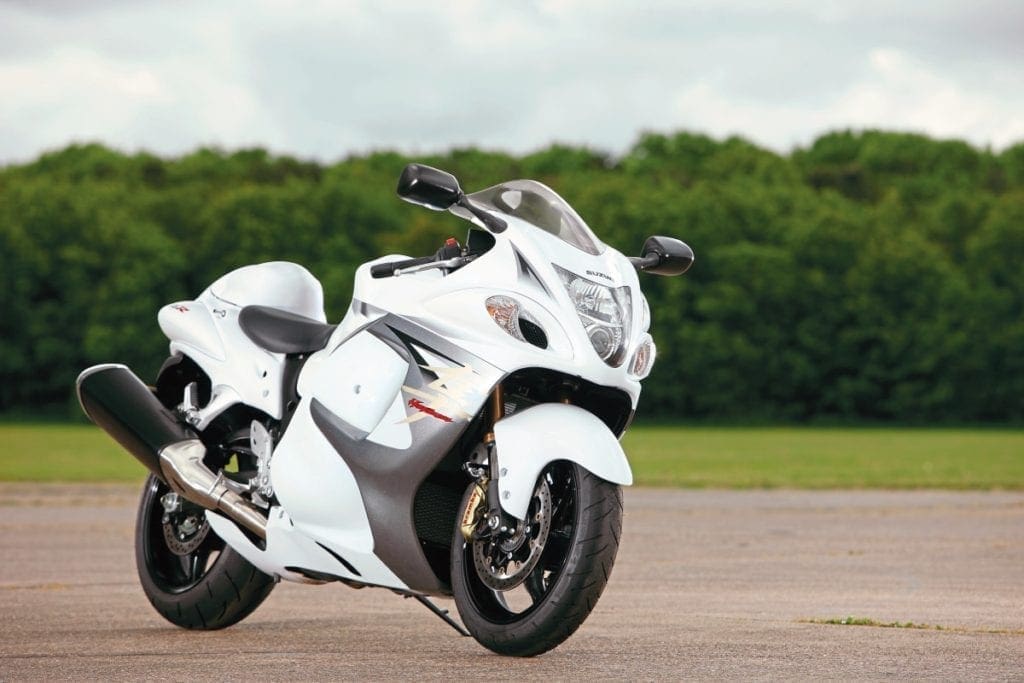The Suzuki Hayabusa failed to raise many eyebrows when it was announced in 1998. When the bike hit the showrooms in 1999, however, everyone started talking.

This wasn’t simply another bike release with minor tweaks and design changes; this bike was a record breaker. The Hayabusa was unveiled as the world’s fastest production bike, instantly marking its place within motorcycling history and given immense acclaim for its astounding top speed of 188-194mph (303-312km/h).
Although the name of the bike, ‘Hayabusa’ (Peregrine Falcon in Japanese), caused confusion at its initial release, over time it was adopted as a key name alongside some of the greats of motorcycle history. Unsurprisingly, Peregrine Falcons are synonymous with speed, being able to reach up to 200mph, so it was certainly a fitting title for this particular Suzuki.
So, what made this bike such a groundbreaker? Well, obviously it’s speed, although tests at the time were never quite able to crack the magic 200mph figure, instead only attaining 194mph. Not that that was anything to scoff at. After all, weather conditions may have been a likely factor in preventing riders from achieving a top speed.
Whilst it’s easy to get caught up on numbers, the real show of superiority comes in when the Hayabusa is compared to other bikes of the time.

The Honda CBR1100XX Super Blackbird barely scraped 180mph. The Kawasaki WK60 reached about the same, with many more falling lower on the speed ladder, which, of course, simply continued to prove that the Hayabusa not only beat, but also dominated the industry.
This top speed wasn’t plucked out of thin air. At 1298cc and a claimed 175hp, complimented by individual coil packs for each cylinder, innovative fuel injection and aerodynamic design, there was really no competition on the market. With all these additions the power of the bike was truly exciting, especially for the period.
The Busa’s torque was unmatched, too – 104lb-ft at 7000rpm – putting rival bikes to shame. Even modern bikes have a hard time coming close to this.
Despite its achievements in functionality, cosmetically, the ‘Busa’ fell short. Whilst it boasted impressive aerodynamics, which contributed to the success of its speed, it was never really seen as a great beauty of a bike. Its stacked headlights, awkward long tail and unusual shape didn’t do the ‘Busa’ any favours. However, it was recognisable, and that is something which most bikes strive for, but struggle to achieve.

Today, for the most part, the Suzuki Hayabusa remains as it was originally released back in 1999, despite consumer demands changing and expectations rising. However, the ‘Busa’ met those high expectations 20 years ago, so really, change simply wasn’t that necessary. It may also be down to the fact that in 2000, it was ‘decided’ that top speeds should not exceed 186mph (300km/h), firmly planting the ‘Busa’ as an unbeatable bike, and preventing any future bikes from stealing it’s well-earned title.
Today, although the Hayabusa would likely not turn many heads, the fact still remains that there’s no bike quite like it, and possibly never will be again.



